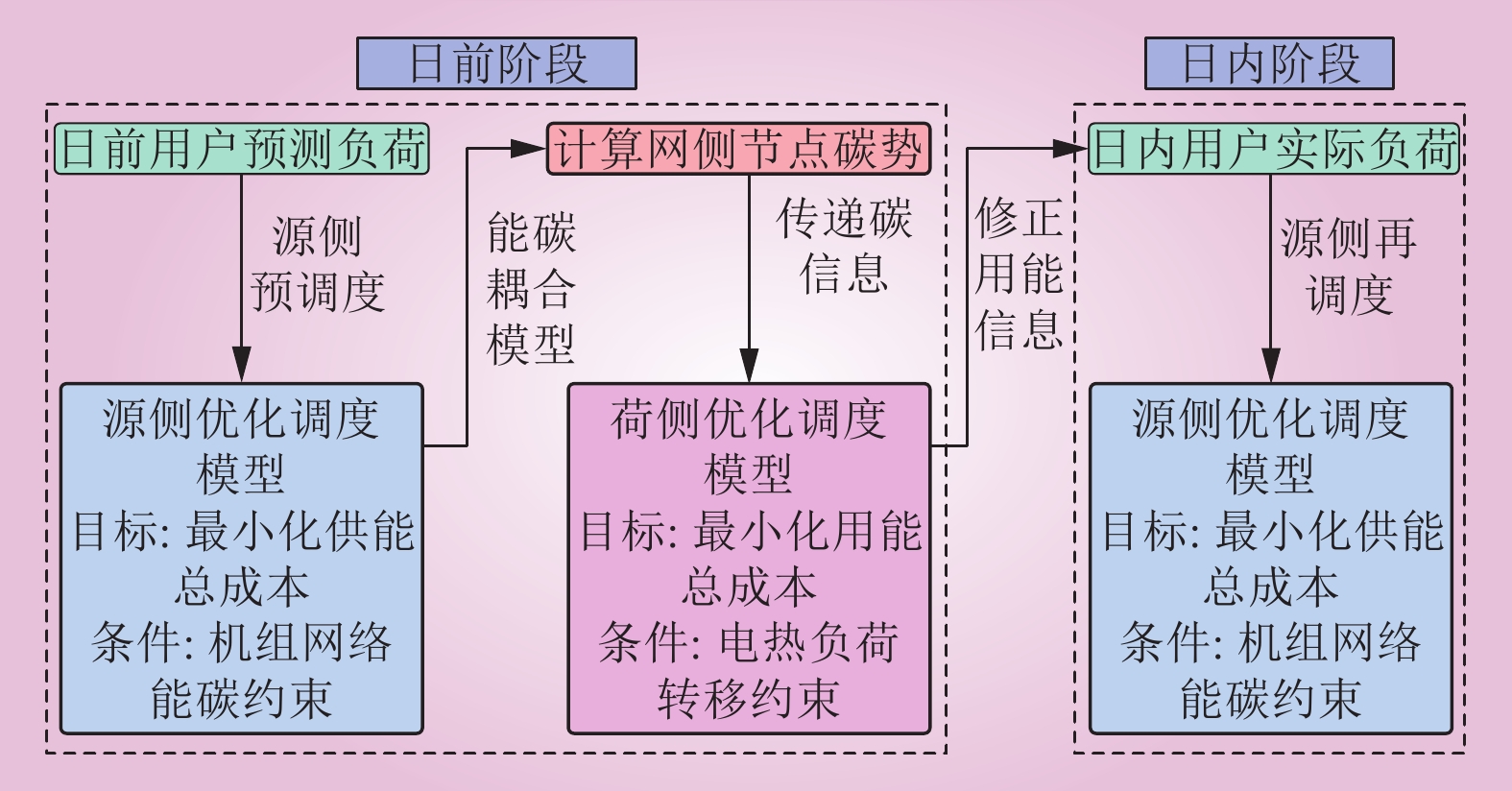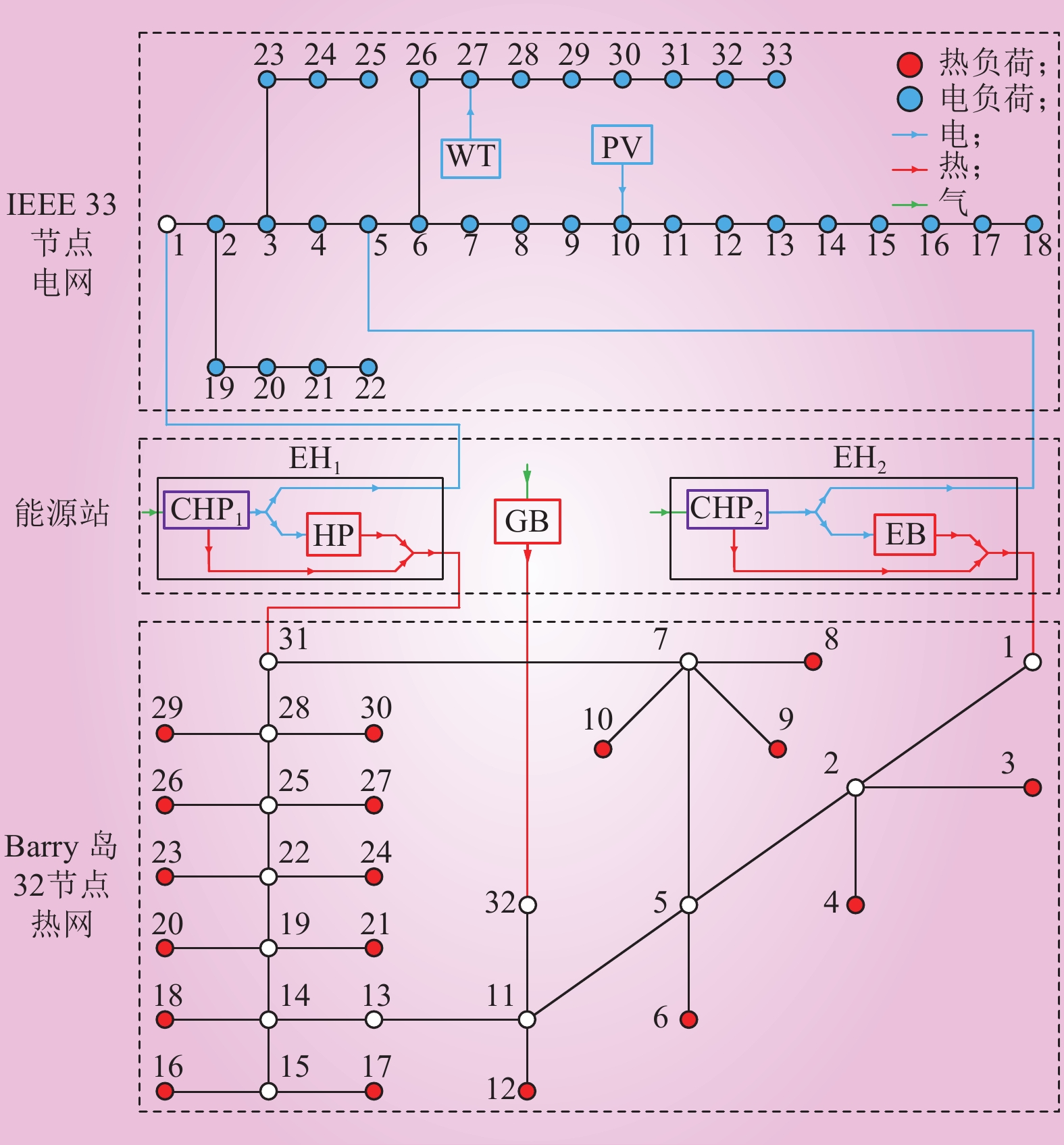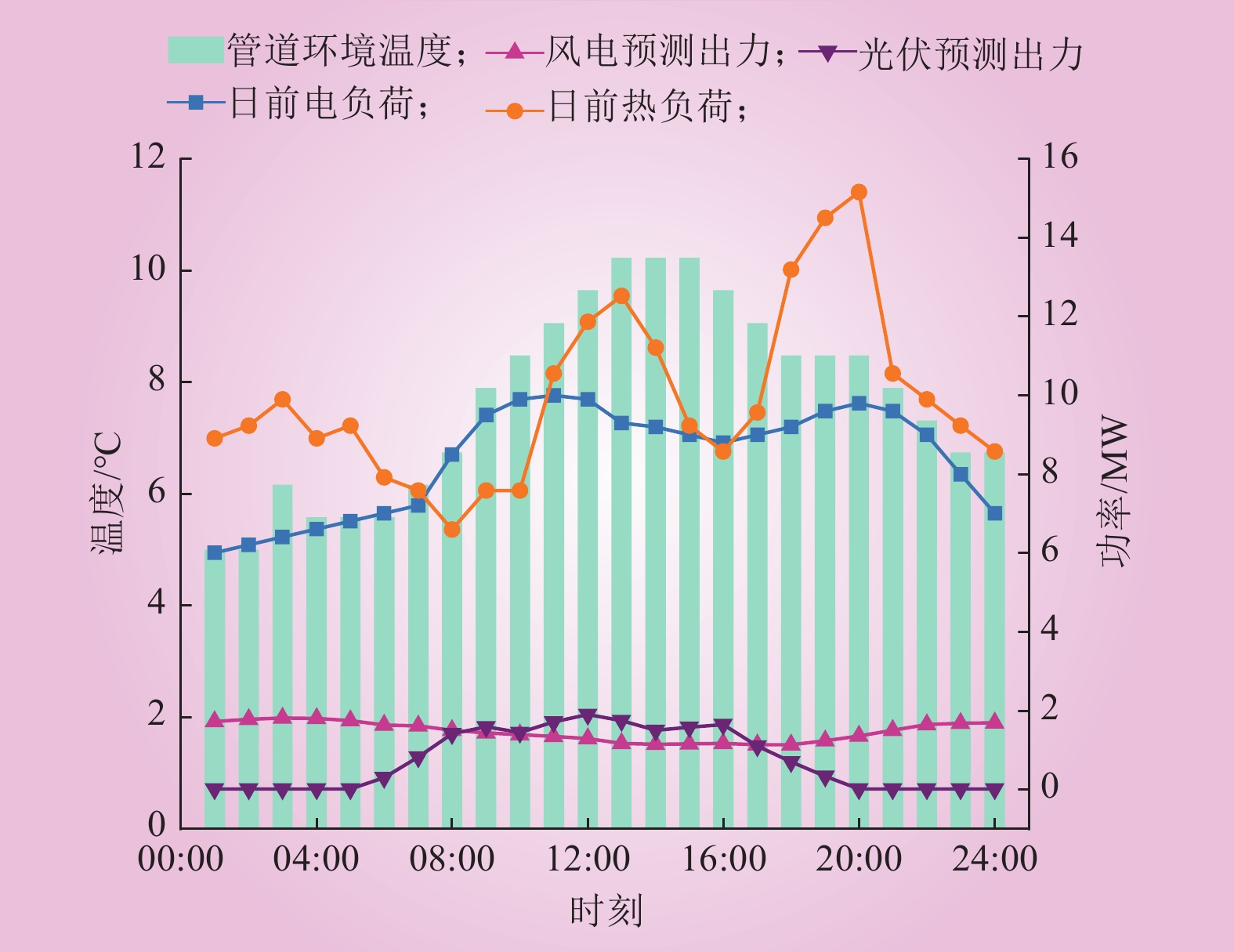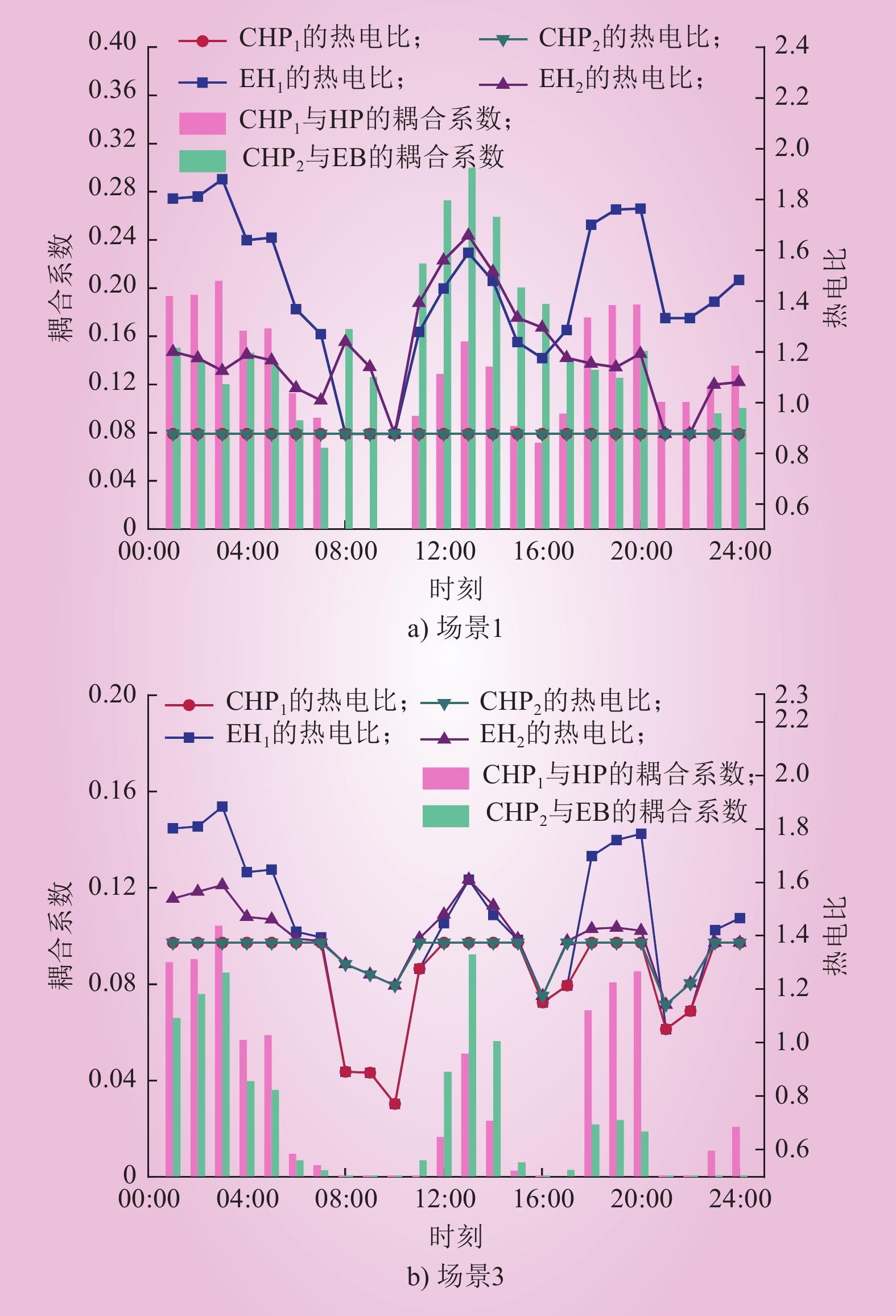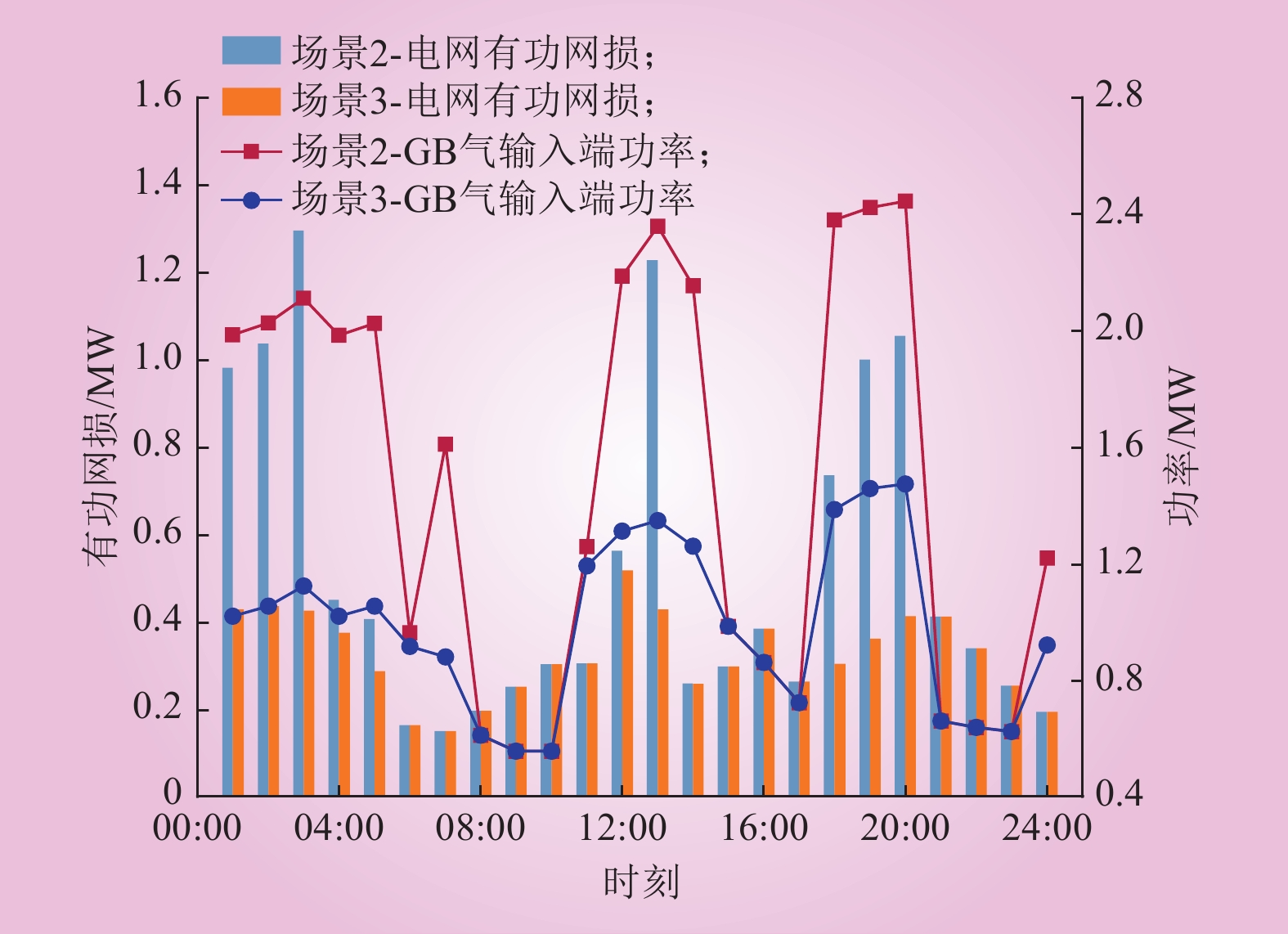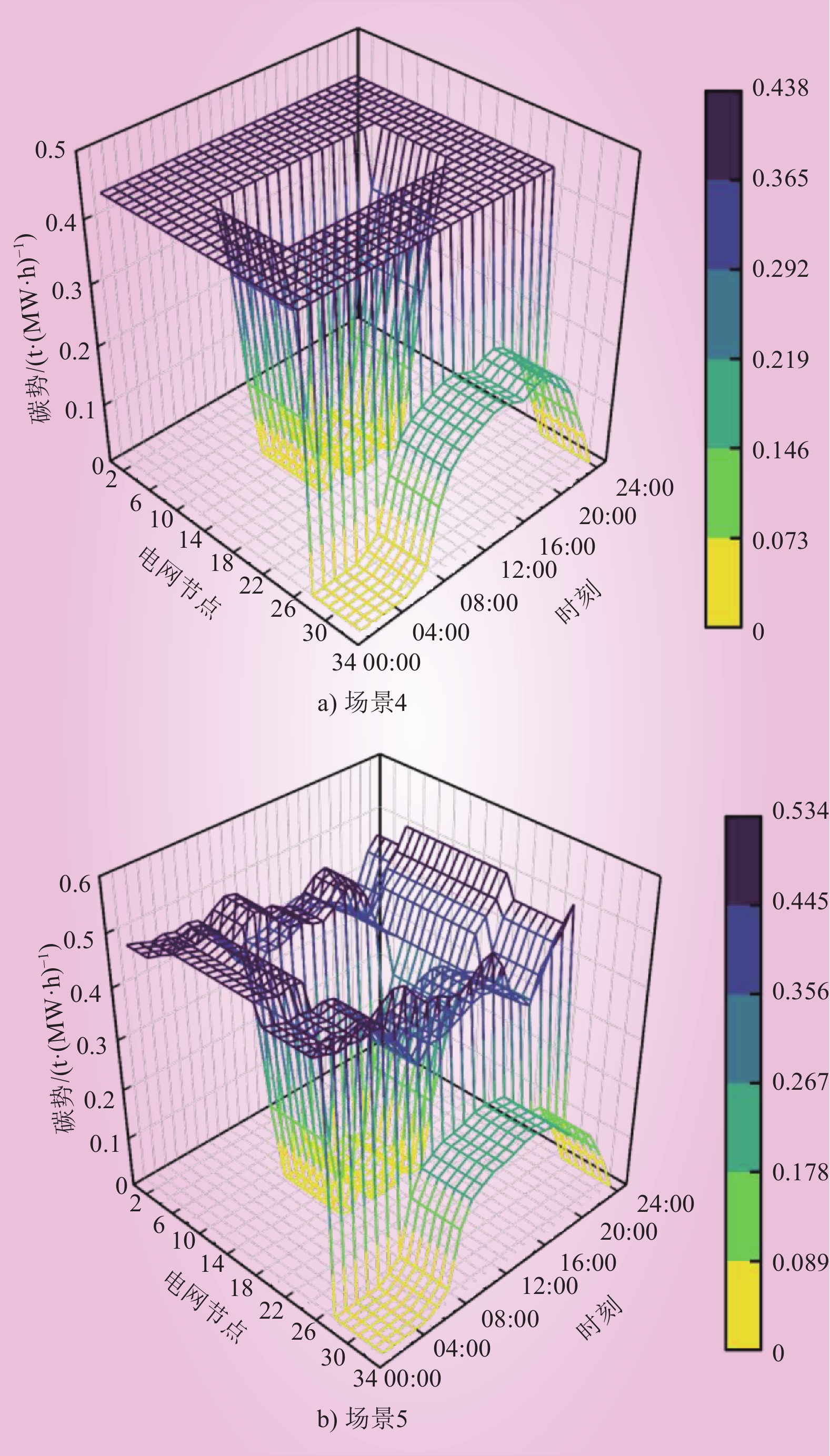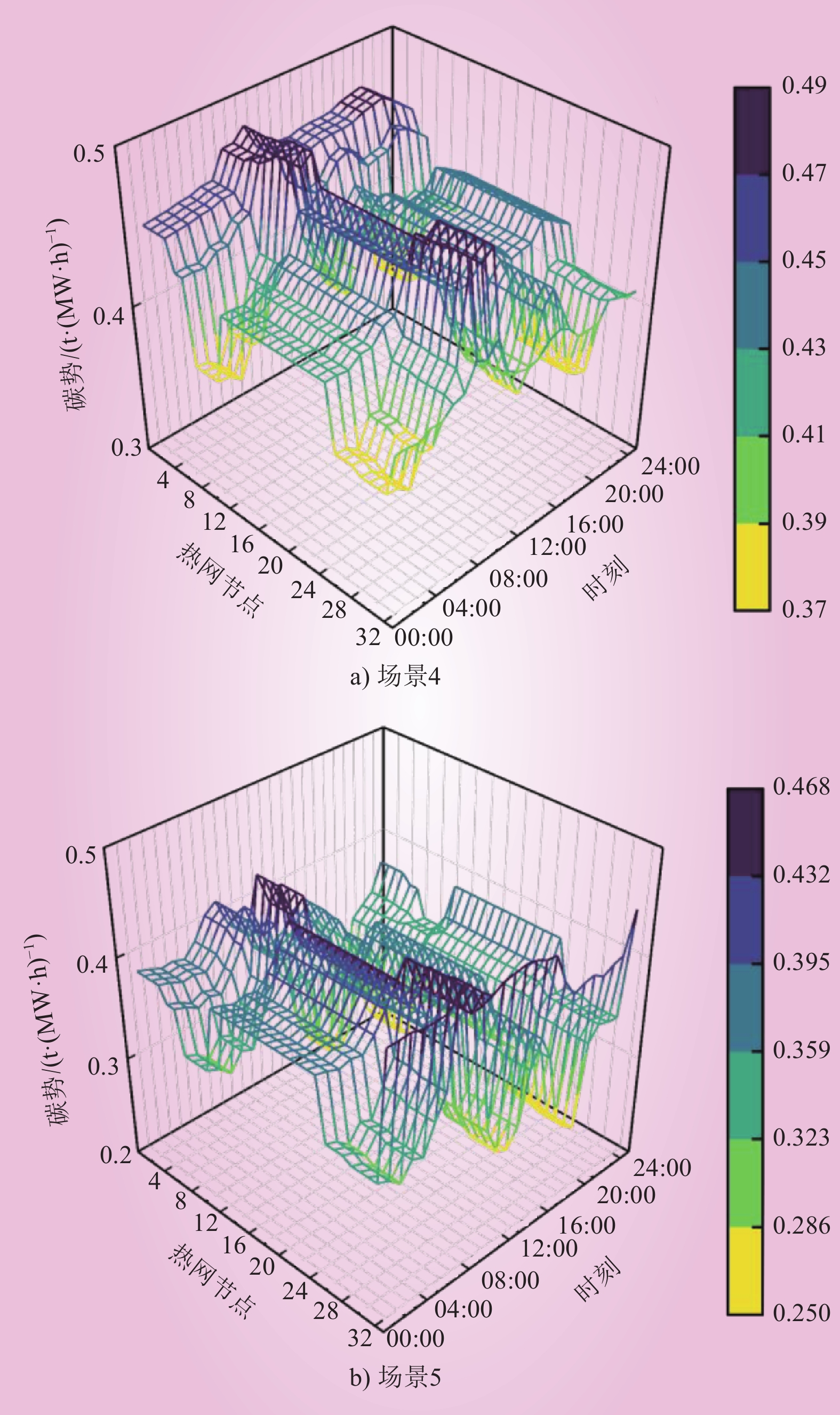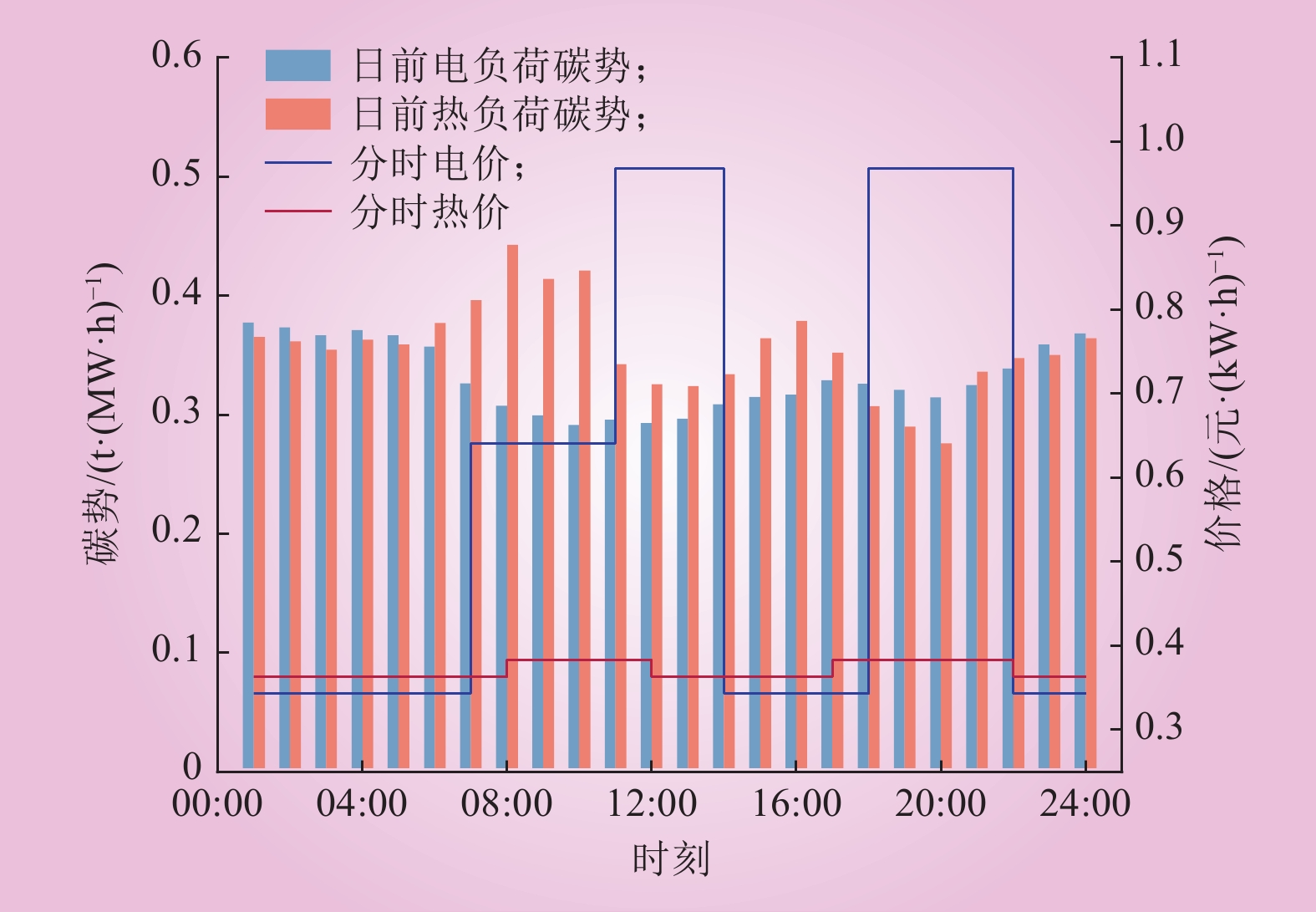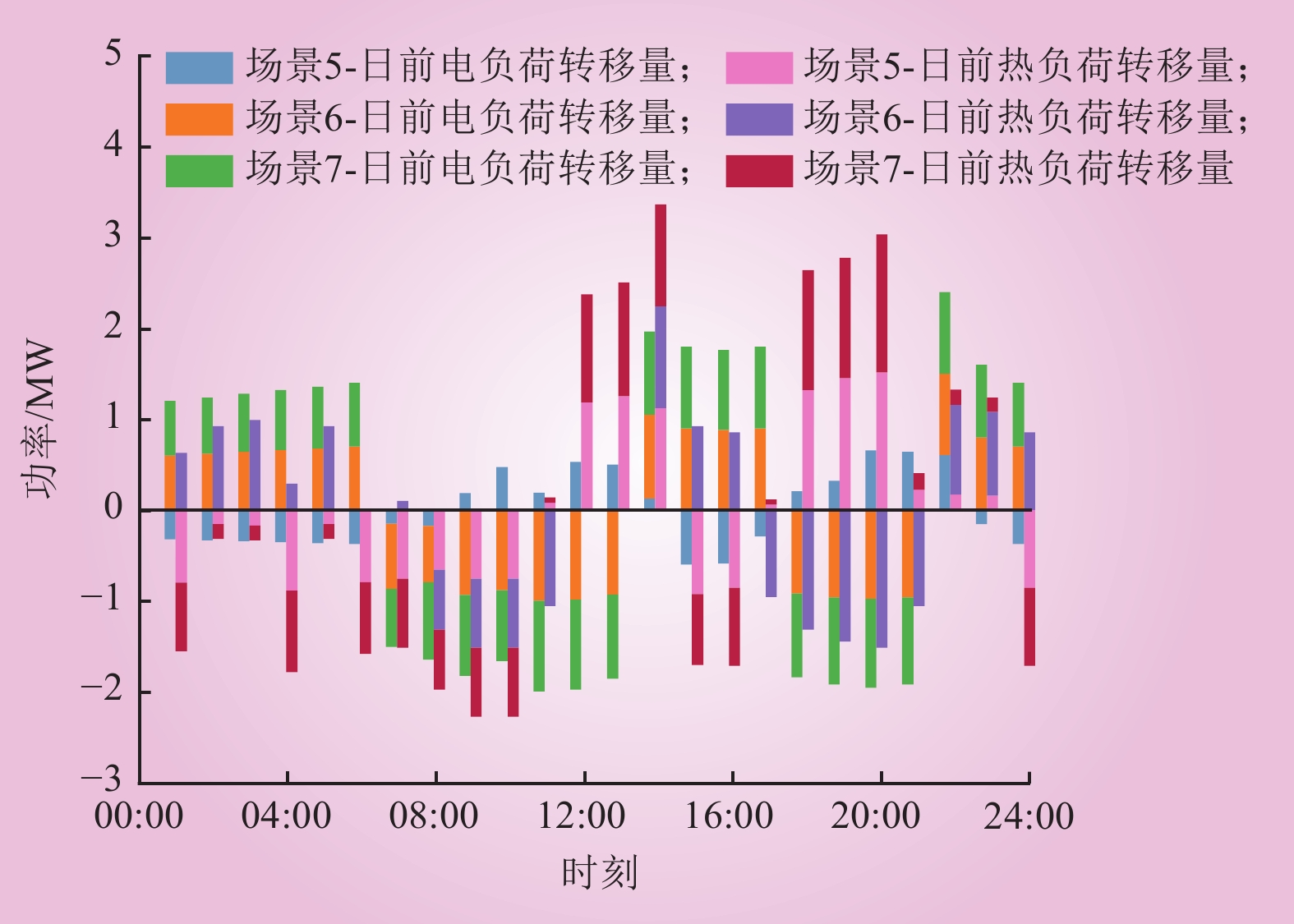| 1 |
张沈习, 王丹阳, 程浩忠, 等. 双碳目标下低碳综合能源系统规划关键技术及挑战[J]. 电力系统自动化, 2022, 46 (8): 189- 207.
|
|
ZHANG Shenxi, WANG Danyang, CHENG Haozhong, et al. Key technologies and challenges of low-carbon integrated energy system planning for carbon emission peak and carbon neutrality[J]. Automation of Electric Power Systems, 2022, 46 (8): 189- 207.
|
| 2 |
ABDUL LATIF S N, CHIONG M S, RAJOO S, et al. The trend and status of energy resources and greenhouse gas emissions in the Malaysia power generation mix[J]. Energies, 2021, 14 (8): 2200.
DOI
|
| 3 |
黎静华, 朱梦姝, 陆悦江, 等. 综合能源系统优化调度综述[J]. 电网技术, 2021, 45 (6): 2256- 2272.
|
|
LI Jinghua, ZHU Mengshu, LU Yuejiang, et al. Review on optimal scheduling of integrated energy systems[J]. Power System Technology, 2021, 45 (6): 2256- 2272.
|
| 4 |
MCLAUGHLIN H, LITTLEFIELD A A, MENEFEE M, et al. Carbon capture utilization and storage in review: Sociotechnical implications for a carbon reliant world[J]. Renewable and Sustainable Energy Reviews, 2023, 177, 113215.
DOI
|
| 5 |
HE L C, LU Z G, ZHANG J F, et al. Low-carbon economic dispatch for electricity and natural gas systems considering carbon capture systems and power-to-gas[J]. Applied Energy, 2018, 224, 357- 370.
DOI
|
| 6 |
ZHANG G M, WANG W, CHEN Z Y, et al. Modeling and optimal dispatch of a carbon-cycle integrated energy system for low-carbon and economic operation[J]. Energy, 2022, 240, 122795.
DOI
|
| 7 |
卫志农, 张思德, 孙国强, 等. 基于碳交易机制的电—气互联综合能源系统低碳经济运行[J]. 电力系统自动化, 2016, 40 (15): 9- 16.
DOI
|
|
WEI Zhinong, ZHANG Side, SUN Guoqiang, et al. Carbon trading based low-carbon economic operation for integrated electricity and natural gas energy system[J]. Automation of Electric Power Systems, 2016, 40 (15): 9- 16.
DOI
|
| 8 |
秦婷, 刘怀东, 王锦桥, 等. 基于碳交易的电—热—气综合能源系统低碳经济调度[J]. 电力系统自动化, 2018, 42 (14): 8- 13, 22.
|
|
QIN Ting, LIU Huaidong, WANG Jinqiao, et al. Carbon trading based low-carbon economic dispatch for integrated electricity-heat-gas energy system[J]. Automation of Electric Power Systems, 2018, 42 (14): 8- 13, 22.
|
| 9 |
王梦雪, 赵浩然, 刘春阳, 等. 基于碳熵指标的电-热互联综合能源系统碳轨迹追踪方法[J]. 电力系统自动化, 2023, 47 (9): 13- 22.
|
|
WANG Mengxue, ZHAO Haoran, LIU Chunyang, et al. Carbon trajectory tracking method for electric-thermal interconnected integrated energy system based on carbon entropy index[J]. Automation of Electric Power Systems, 2023, 47 (9): 13- 22.
|
| 10 |
康重庆, 杜尔顺, 李姚旺, 等. 新型电力系统的“碳视角”: 科学问题与研究框架[J]. 电网技术, 2022, 46 (3): 821- 833.
|
|
KANG Chongqing, DU Ershun, LI Yaowang, et al. Key scientific problems and research framework for carbon perspective research of new power systems[J]. Power System Technology, 2022, 46 (3): 821- 833.
|
| 11 |
KANG C Q, ZHOU T R, CHEN Q X, et al. Carbon emission flow from generation to demand: a network-based model[J]. IEEE Transactions on Smart Grid, 2015, 6 (5): 2386- 2394.
DOI
|
| 12 |
李姚旺, 张宁, 杜尔顺, 等. 基于碳排放流的电力系统低碳需求响应机制研究及效益分析[J]. 中国电机工程学报, 2022, 42 (8): 2830- 2842.
|
|
LI Yaowang, ZHANG Ning, DU Ershun, et al. Mechanism study and benefit analysis on power system low carbon demand response based on carbon emission flow[J]. Proceedings of the CSEE, 2022, 42 (8): 2830- 2842.
|
| 13 |
CHENG Y H, ZHANG N, WANG Y, et al. Modeling carbon emission flow in multiple energy systems[J]. IEEE Transactions on Smart Grid, 2019, 10 (4): 3562- 3574.
DOI
|
| 14 |
潘超, 范宫博, 王锦鹏, 等. 灵活性资源参与的电热综合能源系统低碳优化[J]. 电工技术学报, 2023, 38 (6): 1633- 1647.
|
|
PAN Chao, FAN Gongbo, WANG Jinpeng, et al. Low-carbon optimization of electric and heating integrated energy system with flexible resource participation[J]. Transactions of China Electrotechnical Society, 2023, 38 (6): 1633- 1647.
|
| 15 |
叶宇静, 邢海军, 米阳, 等. 考虑低碳需求响应及主从博弈的综合能源系统低碳优化调度[J]. 电力系统自动化, 2024, 48 (9): 34- 43.
|
|
YE Yujing, XING Haijun, MI Yang, et al. Low-carbon optimal dispatching of integrated energy system considering low-carbon demand response and stackelberg game[J]. Automation of Electric Power Systems, 2024, 48 (9): 34- 43.
|
| 16 |
刘学智, 严正, 解大, 等. 电热综合能源网的强耦合路径研究与展望[J]. 电力系统自动化, 2022, 46 (13): 204- 215.
|
|
LIU Xuezhi, YAN Zheng, XIE Da, et al. Research and prospect of strong coupling pathway for electricity-heat integrated energy network[J]. Automation of Electric Power Systems, 2022, 46 (13): 204- 215.
|
| 17 |
崔杨, 曾鹏, 仲悟之, 等. 考虑阶梯式碳交易的电-气-热综合能源系统低碳经济调度[J]. 电力自动化设备, 2021, 41 (3): 10- 17.
|
|
CUI Yang, ZENG Peng, ZHONG Wuzhi, et al. Low-carbon economic dispatch of electricity-gas-heat integrated energy system based on ladder-type carbon trading[J]. Electric Power Automation Equipment, 2021, 41 (3): 10- 17.
|
| 18 |
于东立, 曹军, 屠聪为, 等. 考虑线性化网络约束的电-热多能源系统最优能量流分析[J]. 中国电机工程学报, 2019, 39 (7): 1933- 1944.
|
|
YU Dongli, CAO Jun, TU Congwei, et al. Optimal energy flow of combined electrical and heating multi-energy system considering the linear network constraints[J]. Proceedings of the CSEE, 2019, 39 (7): 1933- 1944.
|
| 19 |
陈家兴, 王春玲, 刘春明. 基于改进碳排放流理论的电力系统动态低碳调度方法[J]. 中国电力, 2023, 56 (3): 162- 172.
|
|
CHEN Jiaxing, WANG Chunling, LIU Chunming. Dynamic low-carbon dispatching method of power system based on improved carbon emission flow theory[J]. Electric Power, 2023, 56 (3): 162- 172.
|
| 20 |
陈公达, 傅诗万, 蔡秀霞, 等. 基于前后端在线监测的燃气发电机组碳排放特性与影响因素分析[J]. 热力发电, 2024, 53 (6): 96- 105.
|
|
CHEN Gongda, FU Shiwan, CAI Xiuxia, et al. The carbon emission characteristics and influencing factors of gas generator unit based on online monitoring of front-end and back-end[J]. Thermal Power Generation, 2024, 53 (6): 96- 105.
|
| 21 |
张笑演, 王橹裕, 黄蕾, 等. 考虑扩展碳排放流和碳交易议价模型的园区综合能源优化调度[J]. 电力系统自动化, 2023, 47 (9): 34- 46.
|
|
ZHANG Xiaoyan, WANG Luyu, HUANG Lei, et al. Optimal dispatching of park-level integrated energy system considering augmented carbon emission flow and carbon trading bargain model[J]. Automation of Electric Power Systems, 2023, 47 (9): 34- 46.
|
| 22 |
宋泽淏, 冯华, 陈晓刚, 等. 基于节点碳势的配电网分布式资源低碳调度策略[J]. 高电压技术, 2023, 49 (6): 2320- 2332.
|
|
SONG Zehao, FENG Hua, CHEN Xiaogang, et al. Low-carbon scheduling strategy of distributed energy resources based on node carbon intensity for distribution networks[J]. High Voltage Engineering, 2023, 49 (6): 2320- 2332.
|
| 23 |
康重庆, 程耀华, 孙彦龙, 等. 电力系统碳排放流的递推算法[J]. 电力系统自动化, 2017, 41 (18): 10- 16.
|
|
KANG Chongqing, CHENG Yaohua, SUN Yanlong, et al. Recursive calculation method of carbon emission flow in power systems[J]. Automation of Electric Power Systems, 2017, 41 (18): 10- 16.
|
| 24 |
韩赫, 张沛超, 杜炜, 等. 量调节方式下区域热电系统的联合最优潮流[J]. 电力系统自动化, 2021, 45 (2): 30- 36.
|
|
HAN He, ZHANG Peichao, DU Wei, et al. Joint optimal power flow of district heat-electric system in quantity regulation mode[J]. Automation of Electric Power Systems, 2021, 45 (2): 30- 36.
|
| 25 |
CAO Y, WEI W, WU L, et al. Decentralized operation of interdependent power distribution network and district heating network: a market-driven approach[J]. IEEE Transactions on Smart Grid, 2018, 10 (5): 5374- 5385.
|
| 26 |
LI R, WEI W, MEI S W, et al. Participation of an energy hub in electricity and heat distribution markets: an MPEC approach[J]. IEEE Transactions on Smart Grid, 2018, 10 (4): 3641- 3653.
|



